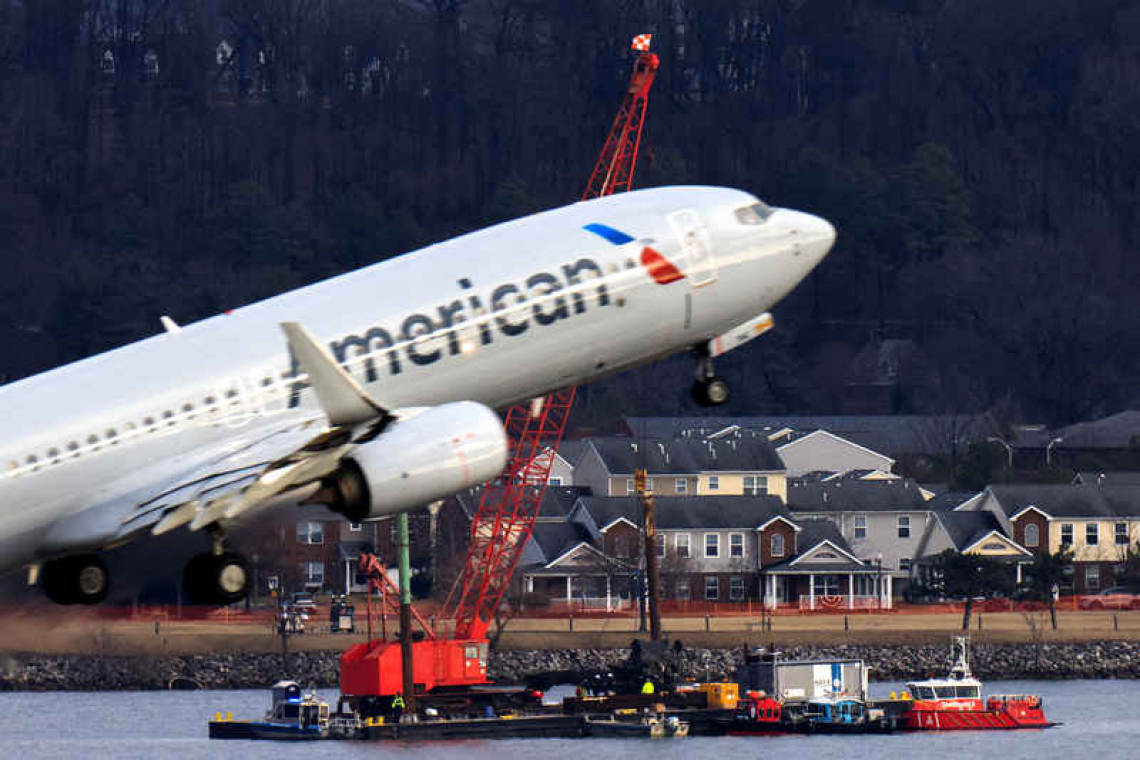WASHINGTON--The head of the National Transportation Safety Board sharply criticized U.S. officials for failing to act before the January 29 collision of a U.S. Army helicopter with an American Airlines regional jet in Washington that killed 67 people.
NTSB Chair Jennifer Homendy said on Wednesday that the Federal Aviation Administration did not act on warnings from air traffic control staff who proposed flight path changes to avoid such dangers and noted there had been high staff turnover at the airport's control tower.
"Every sign was there that there was a safety risk, and the tower was telling you," Homendy said on the first day of an investigative hearing. "You transferred people out instead of taking ownership over the fact that everybody in FAA in the tower was saying there was a problem.... Fix it. Do better."
The crash over the Potomac River near the Ronald Reagan Washington National Airport was the deadliest U.S. air disaster in more than 20 years. The NTSB disclosed that in 2022 members of an FAA air traffic working group had urged moving helicopter traffic away from Reagan airport and to establish airborne "hot spots" but it was rejected because the issue was "too political."
Senator Maria Cantwell, a Democrat, cited the recommendation in sharply criticizing the FAA's inaction."What caused the FAA's oversight to be so flawed that they couldn't fix this problem before this tragedy occurred?" Cantwell said.
Homendy noted the Reagan air traffic control tower had three managers in the last two years and around 10 since 2014.The FAA did not respond immediately to a request for comment.
The NTSB hearing also focused on faulty altitude data in U.S. Army helicopters like the one that collided with the American Airlines jet. The NTSB investigative hearing is looking at the Black Hawk aircraft's air data systems and altimeters, including the potential it received faulty altitude data.
"There is a possibility that what the crew saw was very different than what the true altitude was," NTSB Chair Jennifer Homendy said.
Testing after the crash showed that Army Black Hawk helicopters in flight showed discrepancies of 80 to 130 ft (24 to 40 m) versus the actual altitude.Army officials said discrepancies of up to 100 ft were not a cause for concern in the Black Hawk, manufactured by Lockheed Martin's LMT.N Sikorsky division.
NTSB board member Todd Inman questioned why the Army was not doing more testing and taking other steps to alert pilots about potential discrepancies. "Could you hurry it up?" Inman said.







